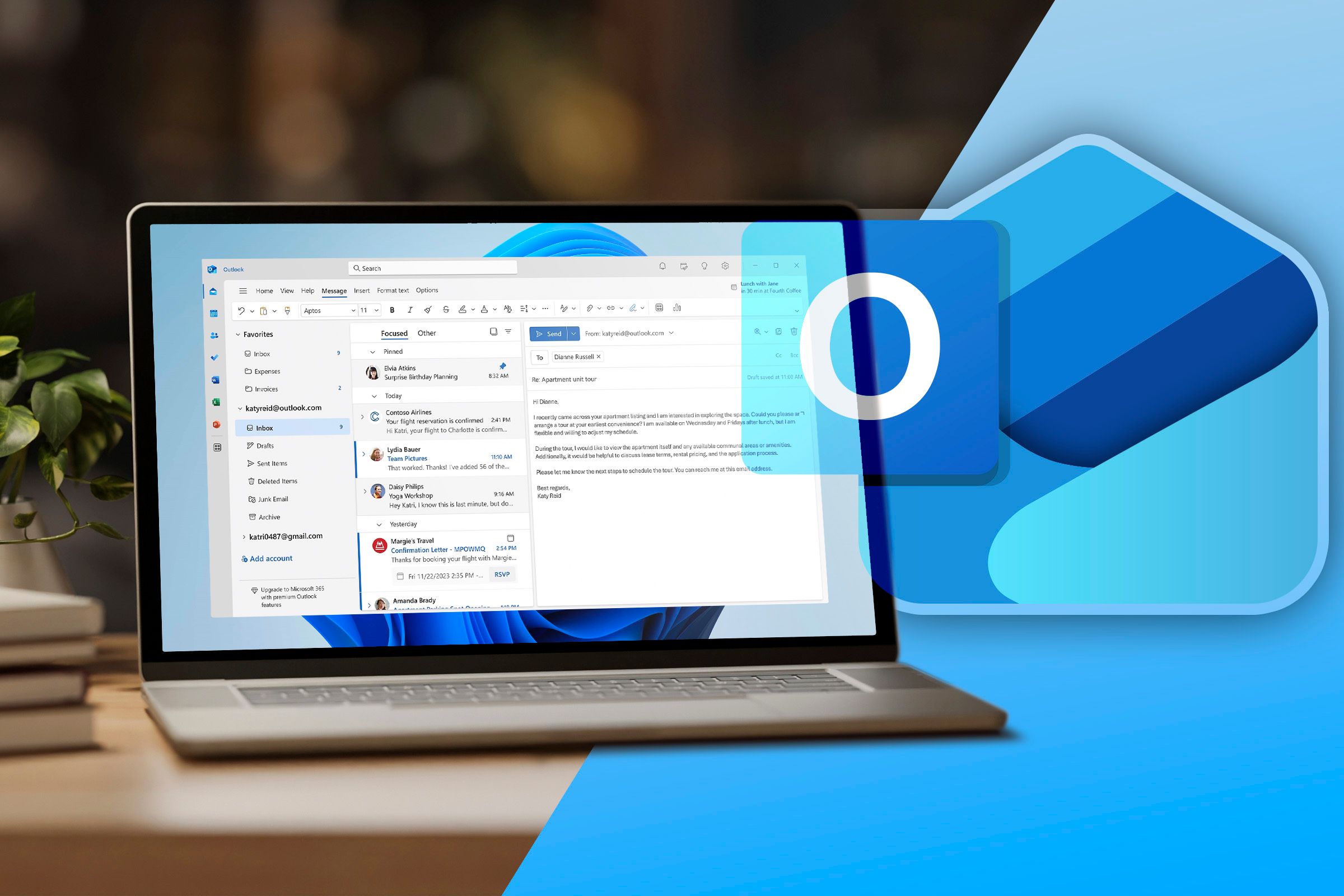Is the classic Outlook email client crashing when you create or open a new email? If so, Microsoft suggests creating a new FORMS2 folder to fix the problem.
On January 7, Microsoft rolled out the version 2412 update for Outlook across all Microsoft 365 Office channels. After downloading the update, many users complained that the email client crashed whenever they tried to reply, forward, read, or even create a new email. The crash was accompanied by the exception code 0x0000005.
Microsoft quickly acknowledged the problem and asked affected users to revert to the old version of Outlook as a temporary workaround until they could release a solution in the next update, which was due on January 28. The update was released on schedule and successfully resolved the problem.
Strangely enough, many users started facing the same issue after downloading the version 2504 update, which was released for Outlook for Microsoft 365 at the beginning of June. Microsoft has once again acknowledged the issue, but this time they have also explained the reason behind the crash.
According to Microsoft, the problem is occurring because Outlook is unable to open the Forms Library. The support document also notes that, while the problem affects Outlook on all Microsoft 365 official channels, it is most common on virtual desktop infrastructures.

How to Create a Distribution List in Outlook
Avoid the hassle of manually entering each email address.
How to Fix the Outlook Crashing Issue
At the time of writing, Microsoft is still investigating the issue. Until a permanent solution is found, they’ve released a temporary workaround to address the problem. Since the issue is related to the Forms Library, Microsoft has suggested that affected users create a new FORMS2 folder. But before doing so, open Task Manager, right-click Outlook and any other Office applications running in the background and select "End Task."
Next, open the Run dialog box, type %localappdata%\Microsoft, and press Enter. Right-click on an empty space, hover over "New" and select "Folder." Name the folder FORMS2. If you receive a prompt indicating that the FORMS2 folder already exists, replace the old FORMS2 folder with the new one.
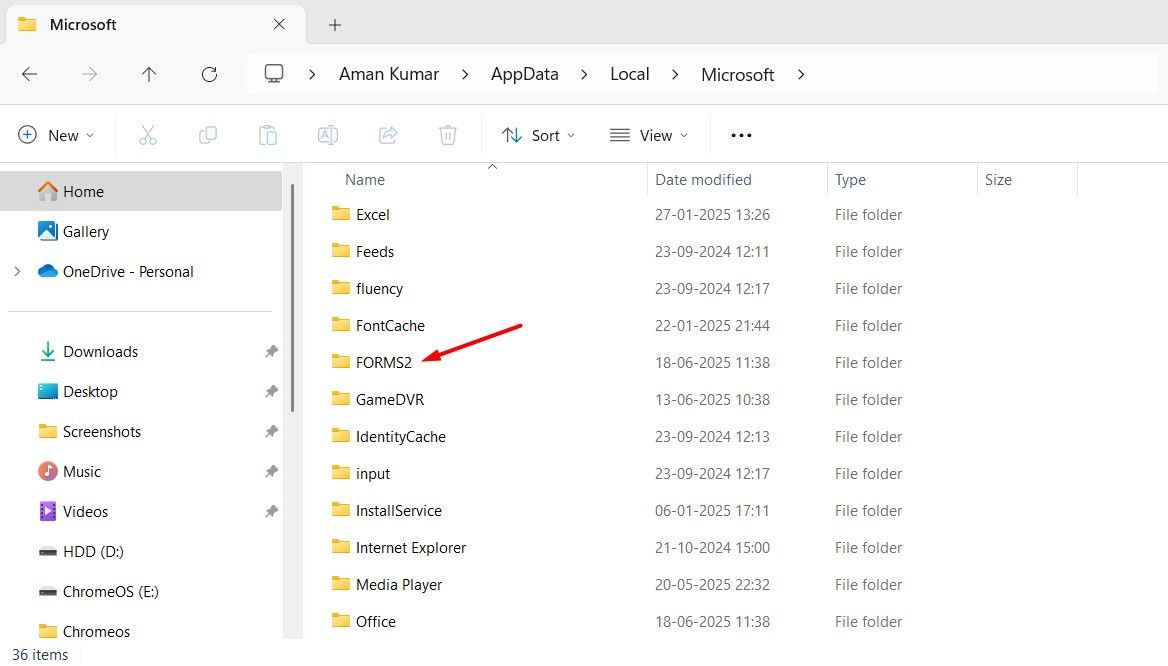
That’s it. Restart your computer, and you should no longer encounter the issue.
Try These Fixes If You're Still Experiencing the Issue
The classic Outlook will most likely stop crashing once you have created the FORMS2 folder. However, if the problem persists, you can try the following solutions.
Detect and Remove Problematic Add-Ins
The classic Outlook client may crash on your computer due to a malicious add-in that you have installed. To catch that add-in, open the Run dialog box, type outlook.exe /safe, and click "OK." Then, click File > Options > Add-ins.
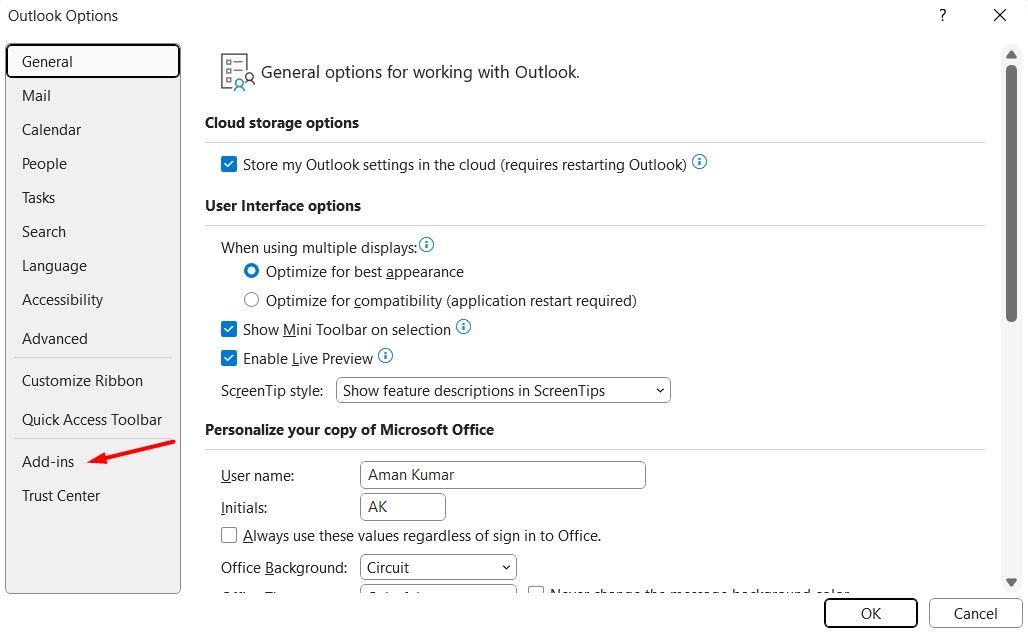
Choose "COM Add-ins" from the Manage drop-down menu, and click "Go." Uncheck all installed add-ins, and click "OK." Next, restart Outlook and check whether you are still experiencing the crashing issue. If the problem no longer occurs, it confirms that one of the add-ins that you just disabled was causing the issue.
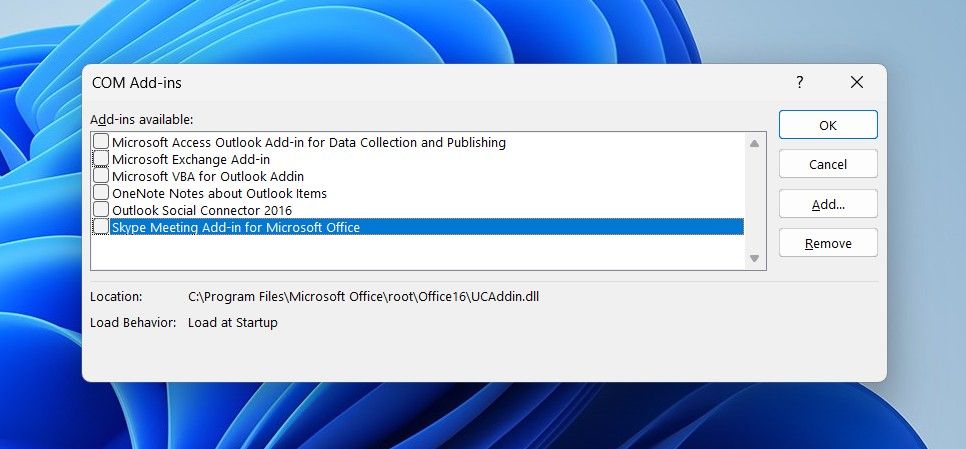
To narrow it down, enable each add-in one by one, restarting Outlook after enabling each add-in. You need to repeat this process until you identify the add-in that causes Outlook to crash. Once you find it, remove it from Outlook by selecting it and then clicking the "Remove" button.
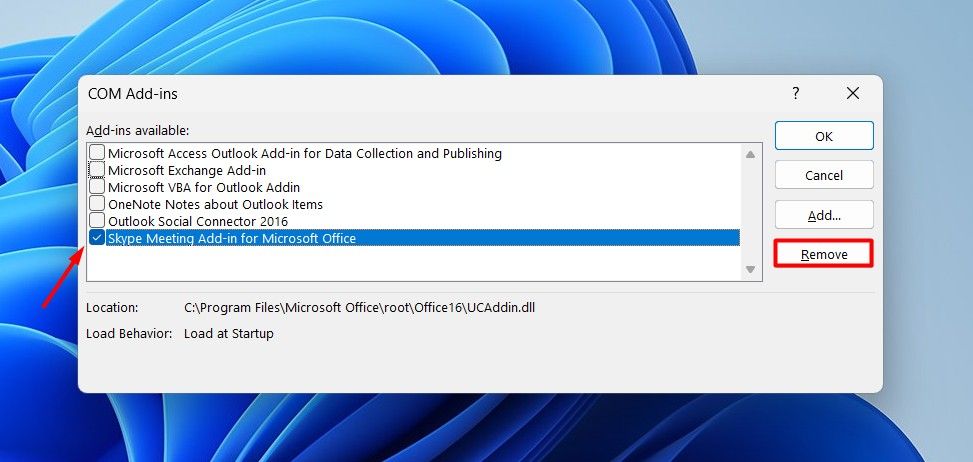
Repair the Outlook App
Microsoft offers built-in repair functionality for its Office apps that you can use to fix issues with Outlook. To use it, open the Settings app and navigate to Apps > Installed apps. Then, click the three dots next to Microsoft 365 Apps and choose "Modify."
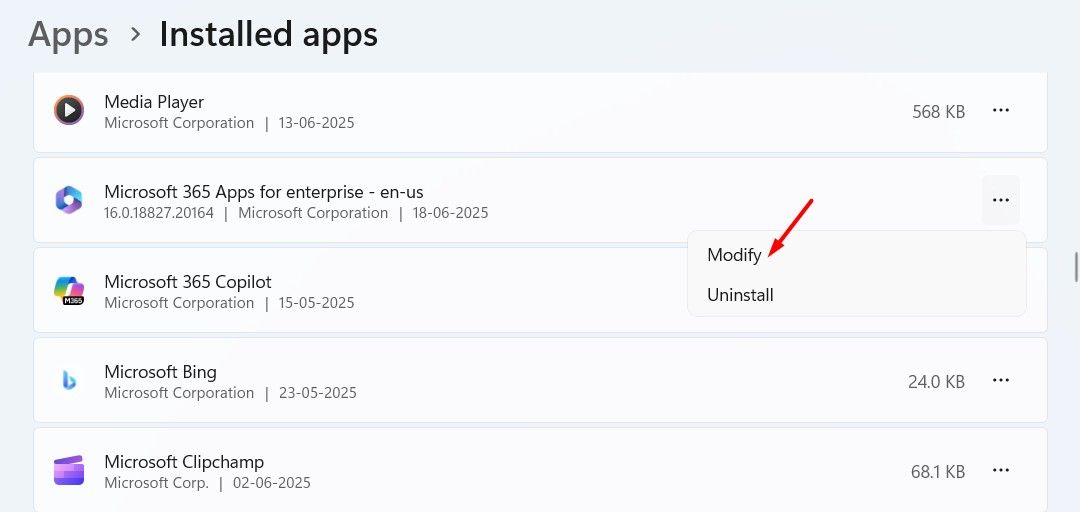
Select the "Online Repair" option, and click "Repair."
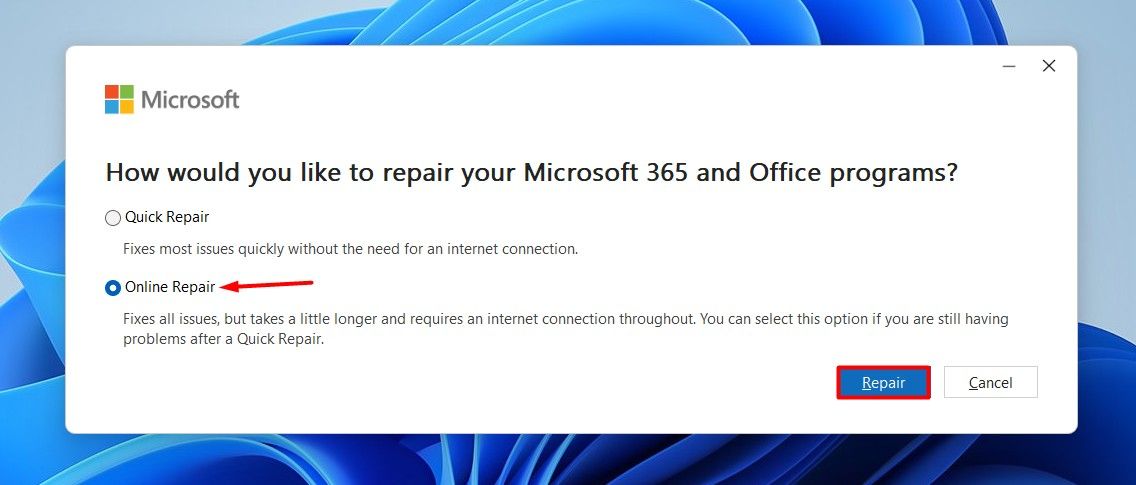
Once the repair process is complete, restart your device and check if the issue is resolved.
Update Outlook
As mentioned earlier, Microsoft is still investigating the issue and will most likely roll out a permanent fix through a future update for Outlook. Therefore, you should regularly check for any available updates for Outlook. To do this, open the Outlook client, click File > Office Account > Update Options > Update Now.
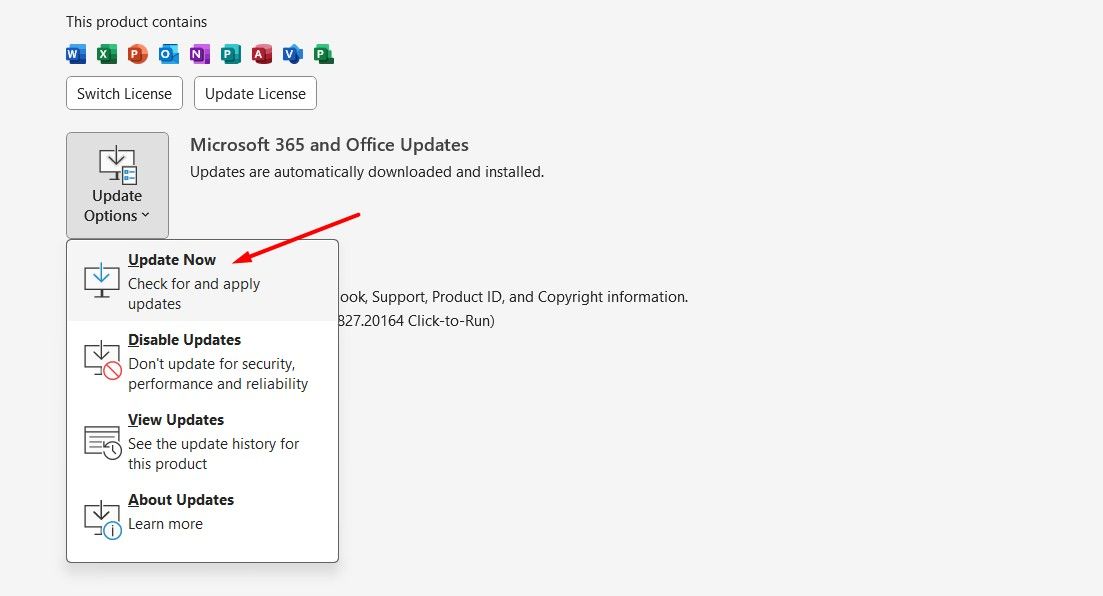

I Switched to New Outlook for Windows so You Didn't Have To
Oh New Outlook, you could have been so great.
With the release of the new Outlook app, Microsoft has begun to shift its focus away from the classic Outlook. To attract more users to the new Outlook, they have added features such as the ability to use it without an Internet connection and improved security by blocking file types like ".library-ms" and ".search-ms." This isn't the major bug for "old" Outlook recently either.
For instance, back in April this year, the download for the classic Outlook app broke, as users were unable to download the classic Outlook app in any language other than English. Only time will tell whether Microsoft will give equal importance to the classic Outlook app as they are giving to the new one, or if all users of the classic Outlook app will eventually switch to the new version due to the recurring issues the app is facing.


